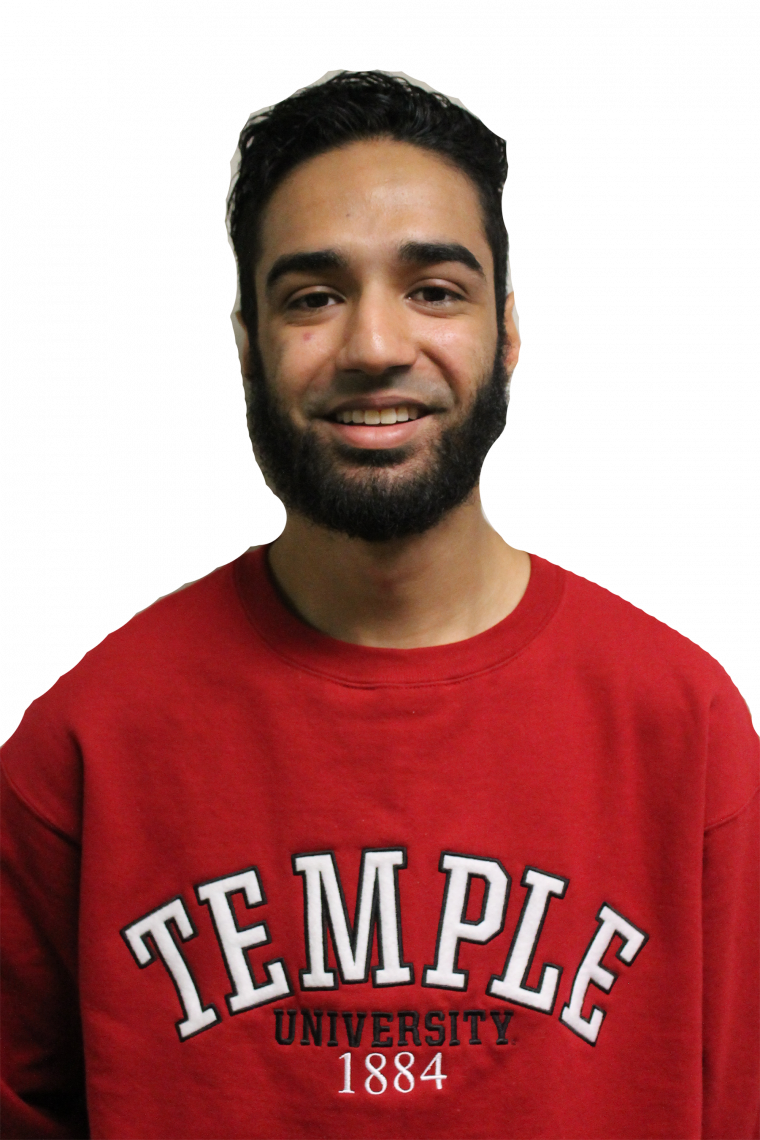

As a fan of hip-hop music and an aspiring English teacher, I cannot help but notice the substantive, poetic nature of rap.
Packed with symbolism, allegory, metaphor, personification and more, hip-hop albums like Nas’ “Illmatic,” Tupac Shakur’s “Me Against the World” and Kendrick Lamar’s “To Pimp a Butterfly” combine poetic techniques with introspective social commentary.
Hip-hop is as substantive as other forms of literature, and it’s time school curricula reflect that.
Studying hip-hop in English classes as a form of performance poetry and in social studies classes as social commentary can provide educators with an exciting, nontraditional form of teaching that will truly engage their students.
America’s youth is no stranger to hip-hop. R&B and hip-hop surpassed rock as the most dominant music genre in 2017. The genres also had seven of the top 10 most-consumed albums that year, according to a 2018 report by the Nielsen Company, a data analytics company.
Hip-hop is currently the “zeitgeist,” or defining spirit, of our generation. Because most students relate to or have encountered the culture and popularity of hip-hop music, they are more likely to engage with it in classes. Analyzing the lyrics of Chance the Rapper’s “No Problem” would be much more exciting than looking at most decades-old couplets.
Aaron X. Smith, an Africology and African American Studies professor, agrees. He teaches classes on the history and significance of Tupac Shakur, Black popular music, hip-hop and Black social and political thought.
“If I know that there’s a common language that all my students speak, regardless of socioeconomic class or identity, it’s academically arrogant and antithetical to the notion of educating people to not tap into that common language but rather to choose a new language that seems to marginalize most of the class,” Smith said. “That common language is hip-hop.”
Hip-hop presents the opportunity for complex commentary. The canon of famous literature includes predominantly white, heterosexual male authors. These “great” works have problematic themes, like incest in Sophocles’ “Oedipus Rex” and pedophilia in Vladimir Nabokov’s “Lolita.”
Hip-hop is an anthology of Black social and political thought, something students should study.
Lamar’s “The Blacker the Berry” provides a look at the intersection of Black pride, police brutality, self-loathing, mass incarceration and gang violence.
That song and many more provide multidimensional points about real-world issues and could spark a class discussion on a multitude of topics.
Rap songs contain poetic devices like simile, metaphor, anaphora, allusion, allegory and most obviously, rhyme.
The English lesson doesn’t end there, as hip-hop introduces students to a far larger vocabulary than their usual work of literature. Most rappers have a far greater vocabulary than the iconic playwright William Shakespeare himself, the Washington Post reported in 2014.
And African American Vernacular English is in most hip-hop songs, which helps students understand cultural differences in linguistics.
Lauris Bropleh, a sophomore human development and community engagement major with a concentration in community-based education, raps to express herself.
“I learn through that lens,” Bropleh said. “For history classes, it would have been beneficial if I could have expressed myself through rap. In one of my classes here, I was able to write my response assignments in the form of a rap, and being able to express myself that way helped me learn a lot better.”
Reddit users are speculating Kendrick Lamar’s Pulitzer Prize-winning album “DAMN” may be included in the English International Baccalaureate curriculum starting next year.
Temple itself is fairly ahead of the curve too, for its course “Tupac Shakur and the Hip-Hop Revolution.” The class, taught by Smith, places hip-hop in its rightful academic place.
Hip-hop is an exciting and unconventional way to engage the entire class. Our society has neglected the importance of hip-hop artists in the larger picture of American literature. We’ve deprived students of a vital resource because we have stereotyped rappers and academics as inherently opposite of one another.
To continue to exclude hip-hop from English and social studies classrooms presents us with a frankly racist, classist and ignorant concept of academia.
“These rappers are giving children their first introduction to certain figures and certain concepts and even certain words,” Smith said. “I hadn’t even heard the word ‘reciprocity’ until Ms. Lauryn Hill said it in a song.”
I hope hip-hop begins getting the recognition from educators it deserves. And if teachers need some guidance before introducing the genres into their classrooms, Smith and Bropleh both said Tupac, Kendrick Lamar and J. Cole are the best choices for a starting curriculum.



Be the first to comment